the big idea about Functional Reactive Programming (FRP) and Imperative Programming : which one to use?
The choice between using Functional Reactive Programming (FRP) and Imperative Programming often depends on the particular problem being solved and the specific requirements of the project.
Here are some general guidelines for when to use FRP and when to use Imperative Programming:
Functional Reactive Programming:
For handling asynchronous and event-driven systems, such as UI updates, network requests, and user interactions. FRP is well-suited for these scenarios because it allows the programmer to model and manipulate streams of values that change over time in a declarative way.
For managing complex and large data flows. FRP can help simplify the management of complex data flows by modeling them as streams of values that can be transformed and combined in a functional manner.
When concurrency and parallelism are important considerations. FRP libraries often provide built-in support for concurrency and parallelism, making it easier to write and maintain concurrent and parallel code.
Imperative Programming:
For solving problems that require low-level control over the execution flow, such as system-level programming, device drivers, and performance-critical algorithms. Imperative Programming provides the programmer with fine-grained control over the flow of execution, which can be important in these scenarios.
For small, simple problems that do not require complex data flows or asynchronous and event-driven systems. Imperative Programming can be a simpler and more straightforward approach for small problems.
When performance is the primary concern and there is no need for handling complex data flows or asynchronous and event-driven systems. Imperative Programming can be faster and more efficient than FRP in some scenarios because it provides fine-grained control over the execution flow.
Best Practices:
When using FRP, it’s important to understand the contract of the FRP library you are using, including the types and operations it provides.
Avoid overloading the system with too many streams, as this can lead to complex and difficult-to-maintain code.
Use FRP for modeling and transforming streams of values that change over time, and use Imperative Programming for low-level control over the execution flow and performance-critical code.
Keep in mind the trade-off between the simplicity and expressiveness of FRP and the fine-grained control and efficiency of Imperative Programming, and choose the approach that best fits the specific requirements of your project.


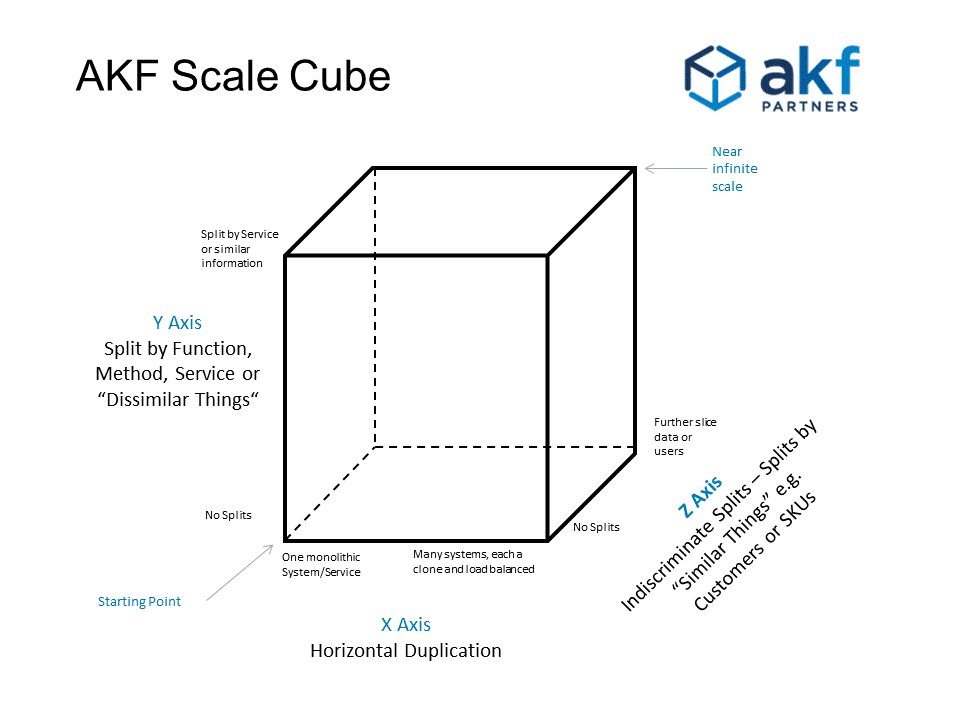
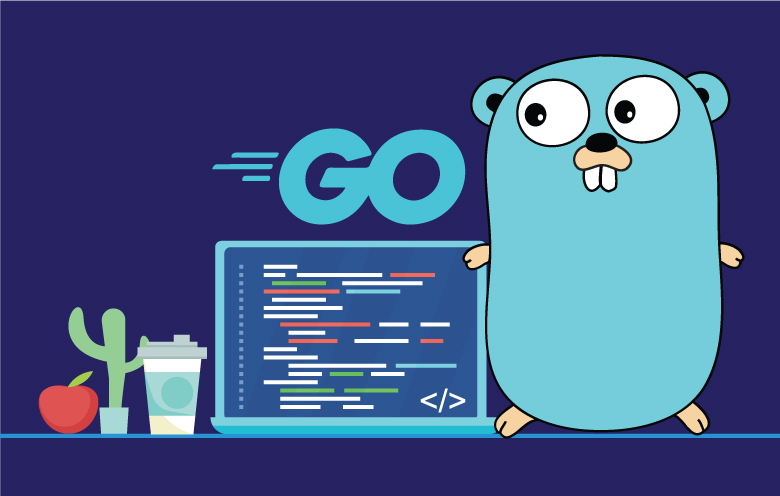

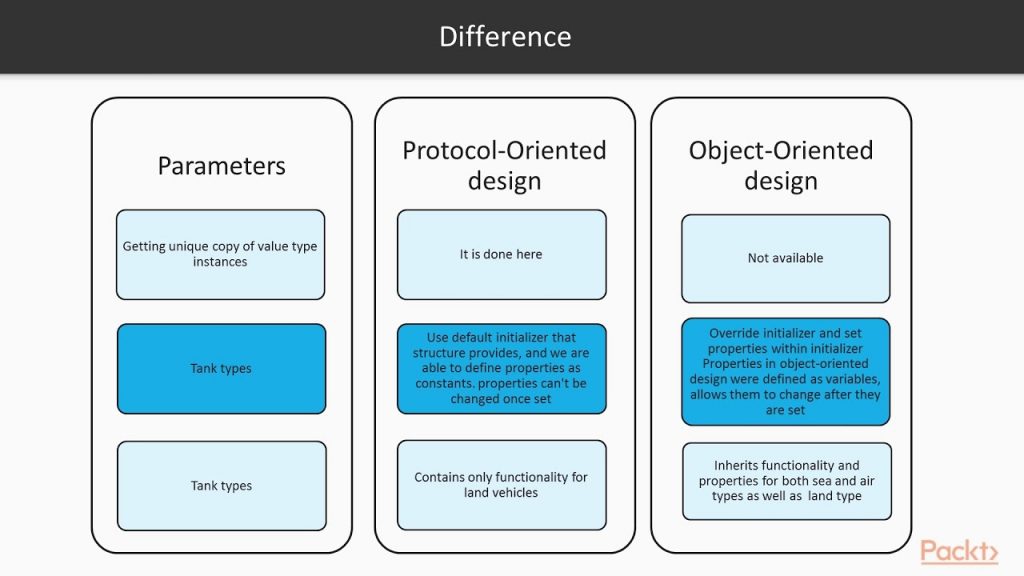
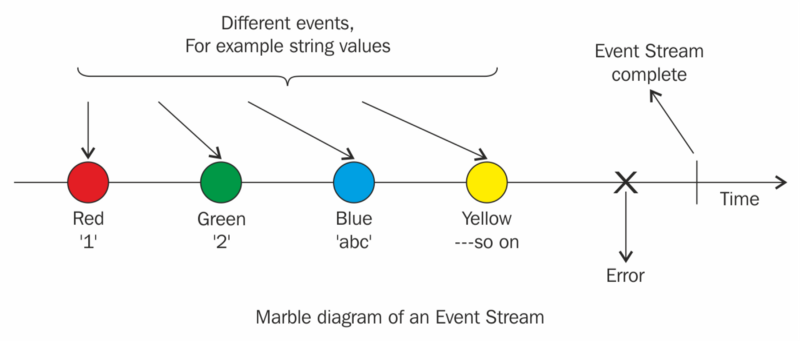
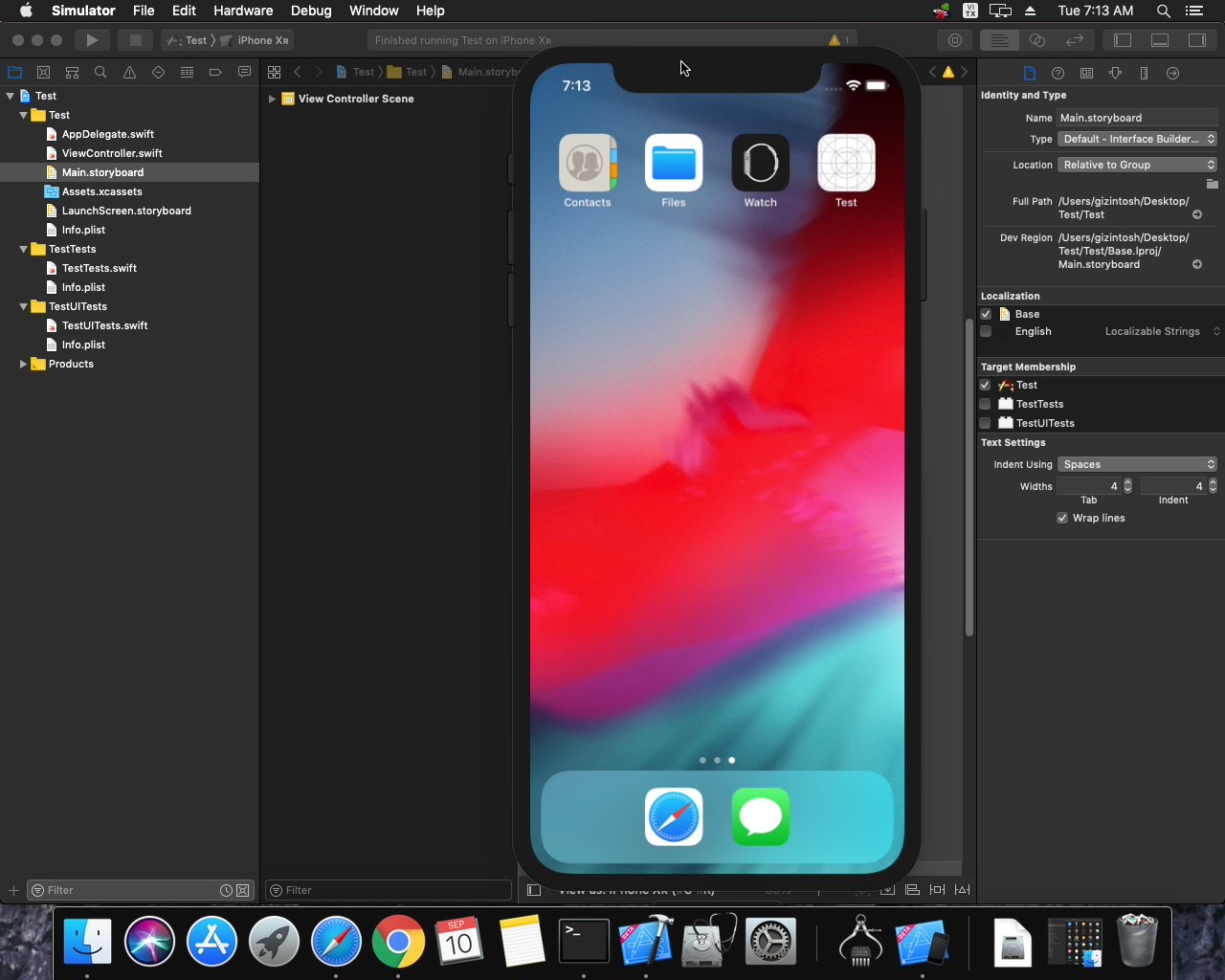
 Khoá học lập trình game con rắn cho trẻ em
Khoá học lập trình game con rắn cho trẻ em 


